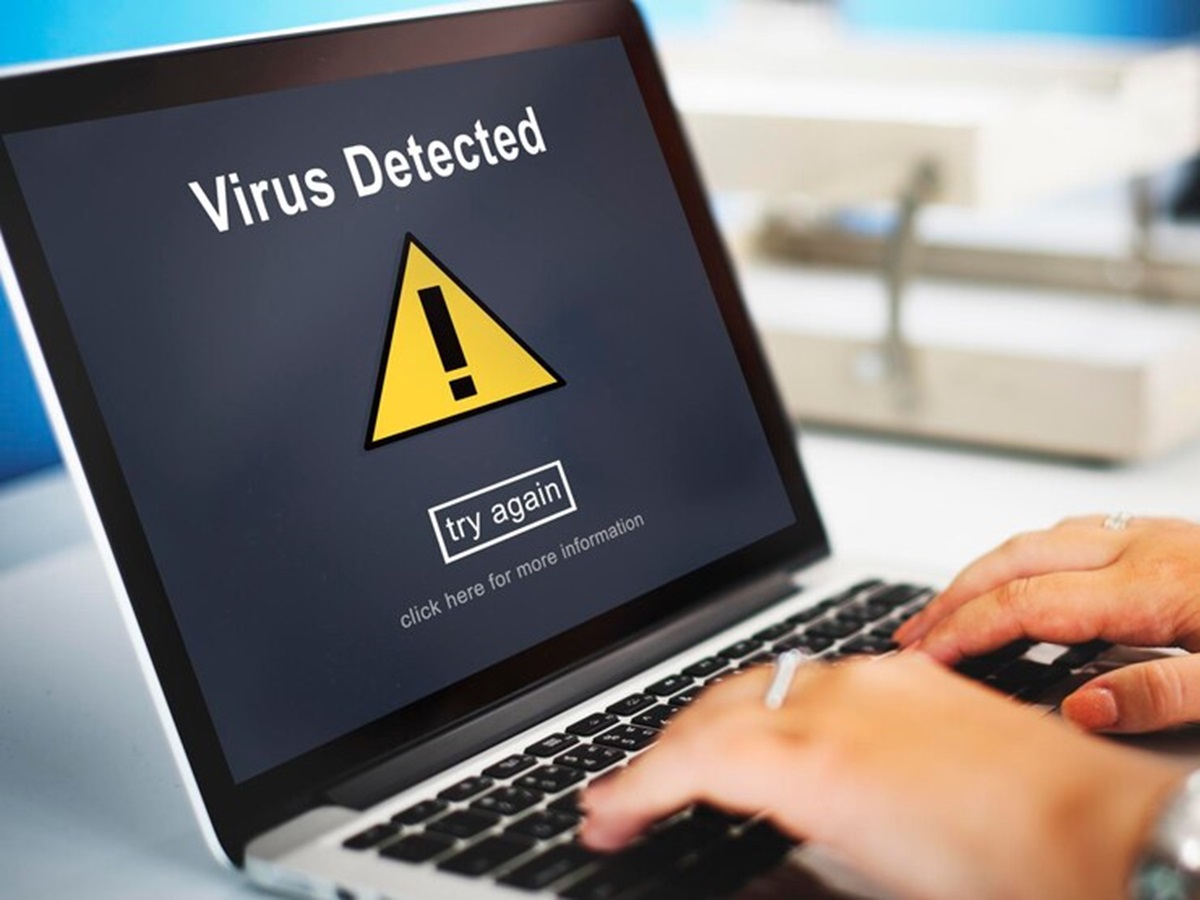Have you ever noticed your computer acting strangely? Perhaps it runs slower than usual, bombards you with pop-ups, or mysteriously redirects your web searches. These could be signs of a computer virus or, more broadly, malware (malicious software). A report indicates that about 8% of users with protected computers faced harmful viral attacks over the past year. Windows PCs and Apple computers both face virus threats, with Apple devices suffering slightly fewer breakthrough attacks. Free antivirus solutions are popular and perceived to be as effective as paid versions. Norton dominates the paid antivirus market, while Windows Defender is common among free antivirus users. This article will equip you with the knowledge to detect and combat these digital threats.
Understanding the Enemy: What is Malware?
Imagine tiny, mischievous gremlins lurking inside your computer, causing trouble. That’s a good metaphor for malware. It’s a broad term encompassing various software designed to harm your system or steal your data. Viruses are a specific type of malware that replicate themselves, spreading from one device to another. Other malware types include:
- Spyware: Steals your personal information like passwords or browsing history.
- Ransomware: Locks you out of your files and demands a ransom to unlock them.
- Adware: Floods your screen with unwanted advertisements.

The Telltale Signs: How to Spot a Malware Infection
Just like a physical illness, malware infections often exhibit noticeable symptoms. Here are some red flags to watch out for:
- Performance Issues: Your computer suddenly feels sluggish, taking longer to start up or open programs. This could be because malware is consuming system resources.
- Pop-up Frenzy: An unexpected barrage of pop-up windows is a classic sign of adware or other intrusive malware.
- Browser Blues: Your default browser homepage or search engine changes without your knowledge. Malware can hijack your browsing experience to redirect you to malicious websites.
- Mysterious Programs: Unfamiliar programs appear in your application list. You didn’t download these, and they could be malware in disguise.
- Frequent Crashes: If your computer crashes or restarts unexpectedly more often than usual, it might be struggling under the weight of malware.
- Missing or Corrupted Files: Important files vanish or become inaccessible. Malware can damage or delete your data.
Read Also: Causes of Television Reception Interference and How to Fix Them
Beyond the Basics: Unmasking Stealthy Malware
Savvy malware creators are constantly devising new ways to evade detection. Here are some additional signs to be mindful of:
- Overheating: If your computer’s fan seems to be working overtime, even when you’re not using demanding applications, malware could be silently running in the background.
- Unexplained Network Activity: High network usage despite minimal internet activity might indicate malware transmitting your data to a remote server.
- Disabled Security Software: Some malware can try to disable your antivirus or firewall to operate freely. If you find your security software mysteriously turned off, be on high alert.
Taking Action: What to Do If Your Computer is Infected
If you suspect a malware infection, don’t despair. Here’s a step-by-step approach to fight back:
- Disconnect from the Internet: This prevents the malware from spreading or downloading additional harmful components.
- Run a Malware Scan: Use your antivirus software to perform a full system scan. It will identify and quarantine any malicious files it finds.
- Consider a Secondary Scan: If your primary antivirus fails to detect anything, consider using a reputable malware removal tool for a second opinion. However, be cautious of unsolicited pop-ups or websites offering “free” scans, as these might be malware traps themselves.
- Update Your Software: Outdated software can have security vulnerabilities that malware exploits. Make sure your operating system, applications, and antivirus software are updated to the latest versions.
- Change Passwords: If you suspect malware has stolen your login credentials, change your passwords for email, online banking, and other critical accounts.
Prevention is Key: Building a Robust Defense
The best way to deal with malware is to prevent it from infecting your computer in the first place. Here are some practices to fortify your defenses:
- Install a Reputable Antivirus: Choose a reliable antivirus program from a trusted vendor and keep it updated.
- Beware of Phishing Attacks: Don’t click on suspicious links or attachments in emails, even if they appear to come from legitimate sources.
- Practice Safe Browsing: Avoid visiting unreliable websites, and be cautious when downloading files.
- Use Strong Passwords: Create complex passwords for your online accounts and enable two-factor authentication whenever possible.
Conclusion: Stay Vigilant, Stay Protected!
It’s important to be aware of the signs of malware infection and take proactive measures to keep your computer secure. Staying informed about the constantly evolving technology is key. If you’re struggling with a persistent or complex malware infection, don’t hesitate to reach out to a trusted computer technician or cybersecurity expert. They possess the tools and expertise needed to tackle even the most stubborn threats.


